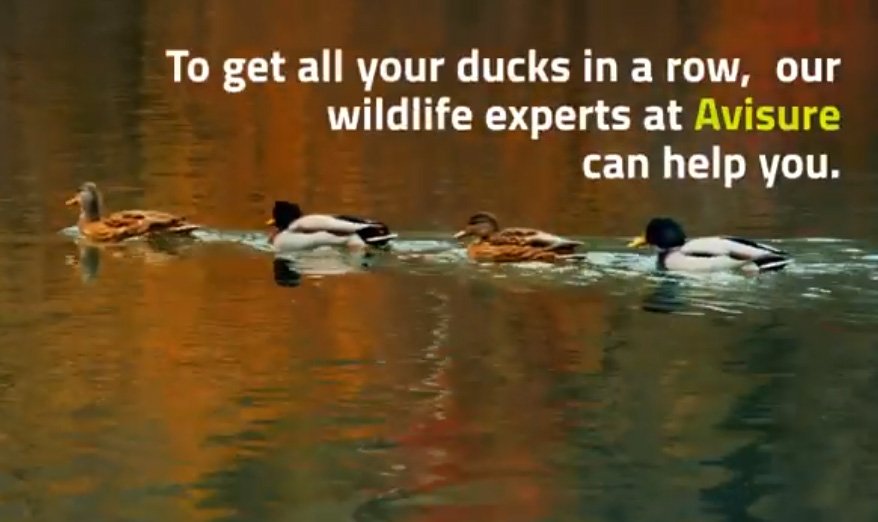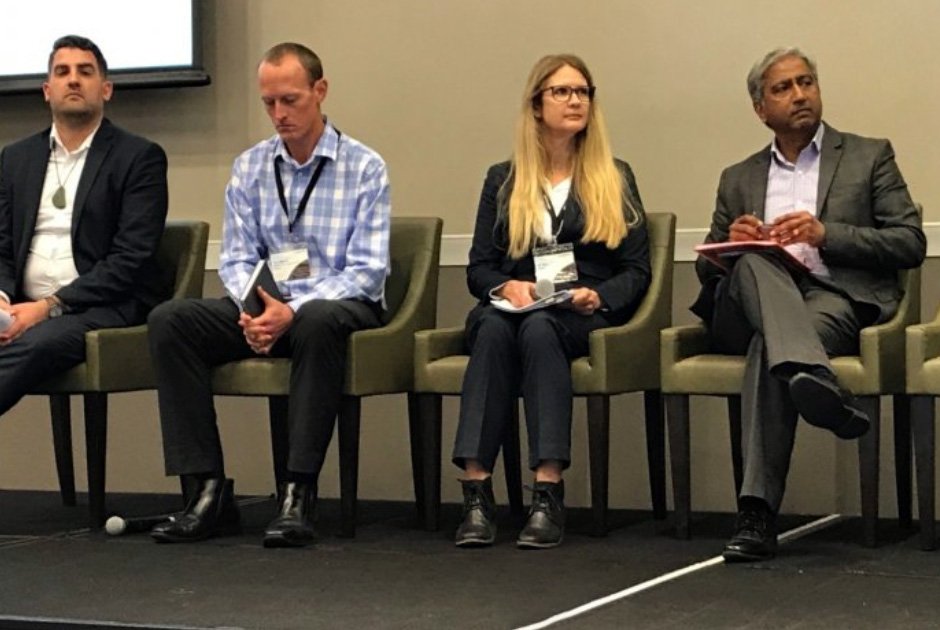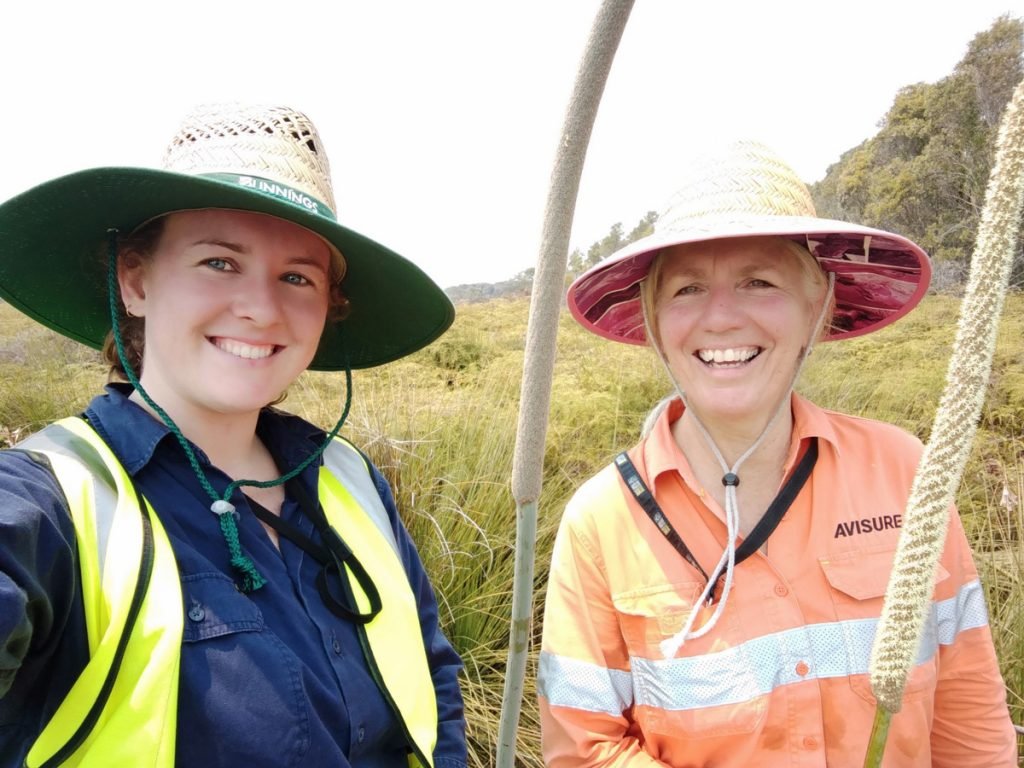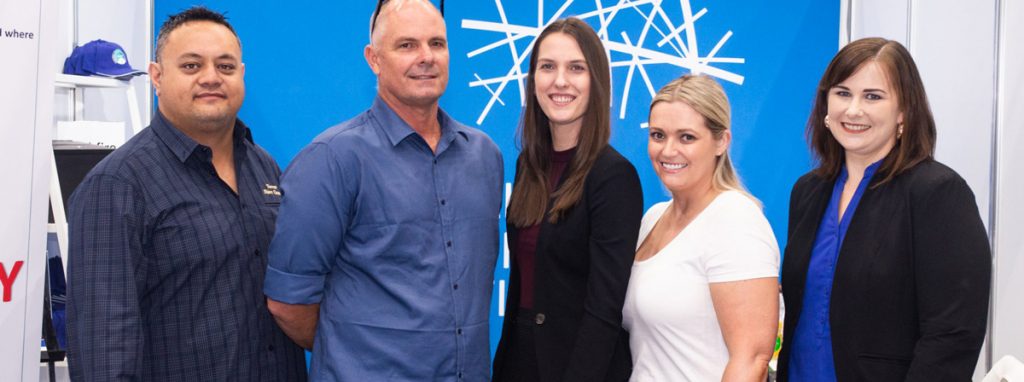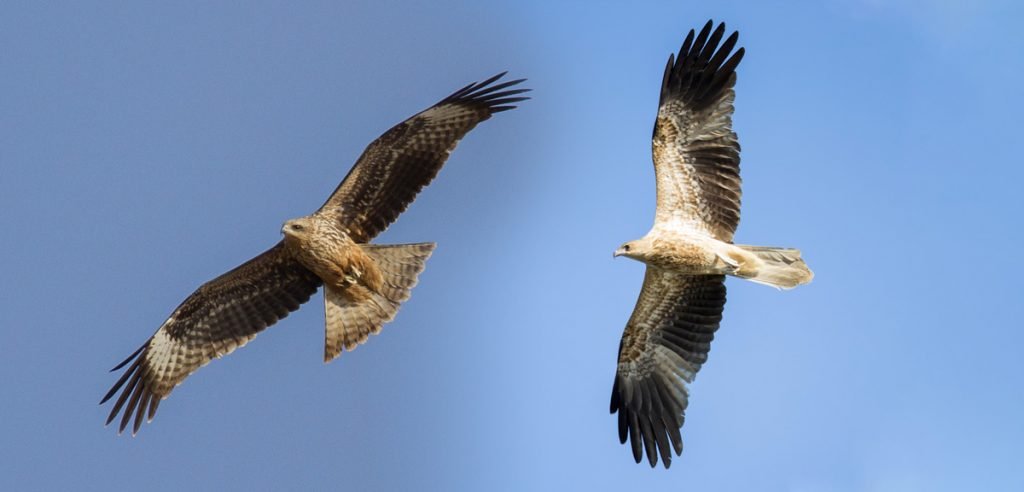The case of the keyhole wasp
Pachodynerus nasidens (Hymenoptera: Vespid) By Alan P.N. House, Jackson G. Ring, Matthew J. Hill, Phillip P. Shaw While birds and other vertebrates are well-known hazards to aviation at airports, the threat posed by invertebrates is less well understood. Highlights Potentially catastrophic threat to aircraft from the introduced keyhole wasp Nesting in pitot probes leads to […]



